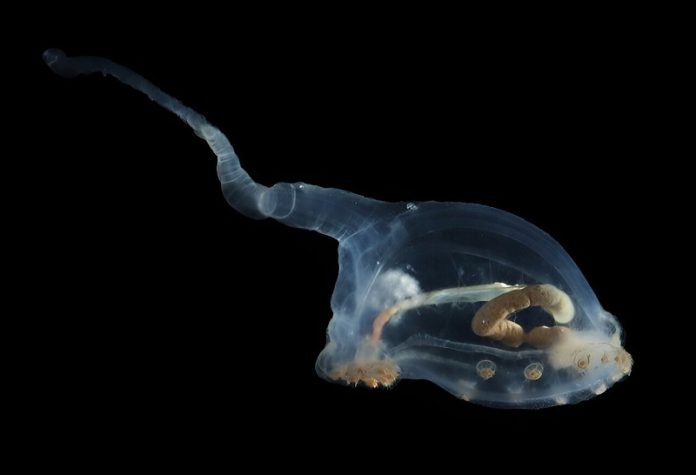
During a recent deep-sea expedition, scientists discovered a variety of incredible new species, including transparent sea cucumbers, bowl-shaped sponges, and pink sea pigs.
The 45-day expedition took place in March in the Clarion Clipperton Zone, located between Mexico and Hawaii in the eastern Pacific Ocean.
One of the scientists on board the British research vessel James Cook was Thomas Dahlgren, a marine ecologist from the University of Gothenburg and the NORCE research institute.
“These areas are some of the least explored on Earth.
It’s estimated that only one out of ten animal species living down here has been described by science,” says Dahlgren.
The researchers studied the Abyssal Plains, deep-sea areas at depths of 3,500 to 5,500 meters. Despite making up more than half of the Earth’s surface, very little is known about the animal life in these regions.
“This is one of the few times researchers can discover new species and ecosystems, just like in the 18th century. It’s very exciting,” Dahlgren adds.
Unique Deep-Sea Life
Animals in these deep-sea areas have adapted to survive with very little food. Most feed on organic debris, known as marine snow, which falls from the surface.
Because of the scarcity of food, these animals live far apart, but the variety of species is surprisingly high. Many have developed unique adaptations to survive.
The research team used a remotely operated vehicle (ROV) to photograph and take samples of deep-sea life. They found a cup-shaped glass sponge, which is believed to have the longest lifespan of any creature on Earth—up to 15,000 years! They also discovered a pink sea pig, a type of sea cucumber from the genus Amperima. These sea pigs move slowly across the ocean floor using their tube feet to find nutrient-rich sediments. They act like vacuum cleaners, specializing in finding sediment that hasn’t been heavily processed by other animals.
Impact of Deep-Sea Mining
The main goal of the expedition was to map the biodiversity of the area. This region is of interest for deep-sea mining of rare metals used in solar panels, electric car batteries, and other green technologies.
Several countries and companies are seeking permission to extract these metals from mineral nodules on the ocean floor.
The scientists aim to understand how mining could impact the ecosystem. They want to identify existing species and learn how the ecosystem is organized to protect it. “We need to know more about this environment to protect the species living here. Currently, 30% of these marine areas are protected, and we need to know if this is enough to ensure these species aren’t at risk of extinction,” says Dahlgren.
The Abyssal Plains
The Abyssal Plains are the ocean floor areas between 3,500 and 5,500 meters deep. Despite their name, these plains aren’t entirely flat. They feature ridges and small seamounts that can rise several hundred meters from the ocean floor, but these features often don’t appear on existing maps.
The environment on these plains is extremely nutrient-poor. Nutrients come from distant hot springs, the occasional whale carcass, or marine snow from the productive sea surface kilometers above. Only about one percent of these surface nutrients reach the ocean floor.
This expedition highlights the need for more research to protect these unique and fragile deep-sea ecosystems from the potential impacts of mining.
Source: University of Gothenburg.



